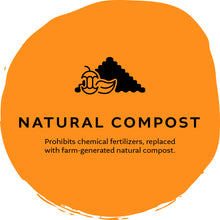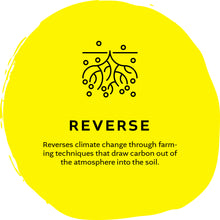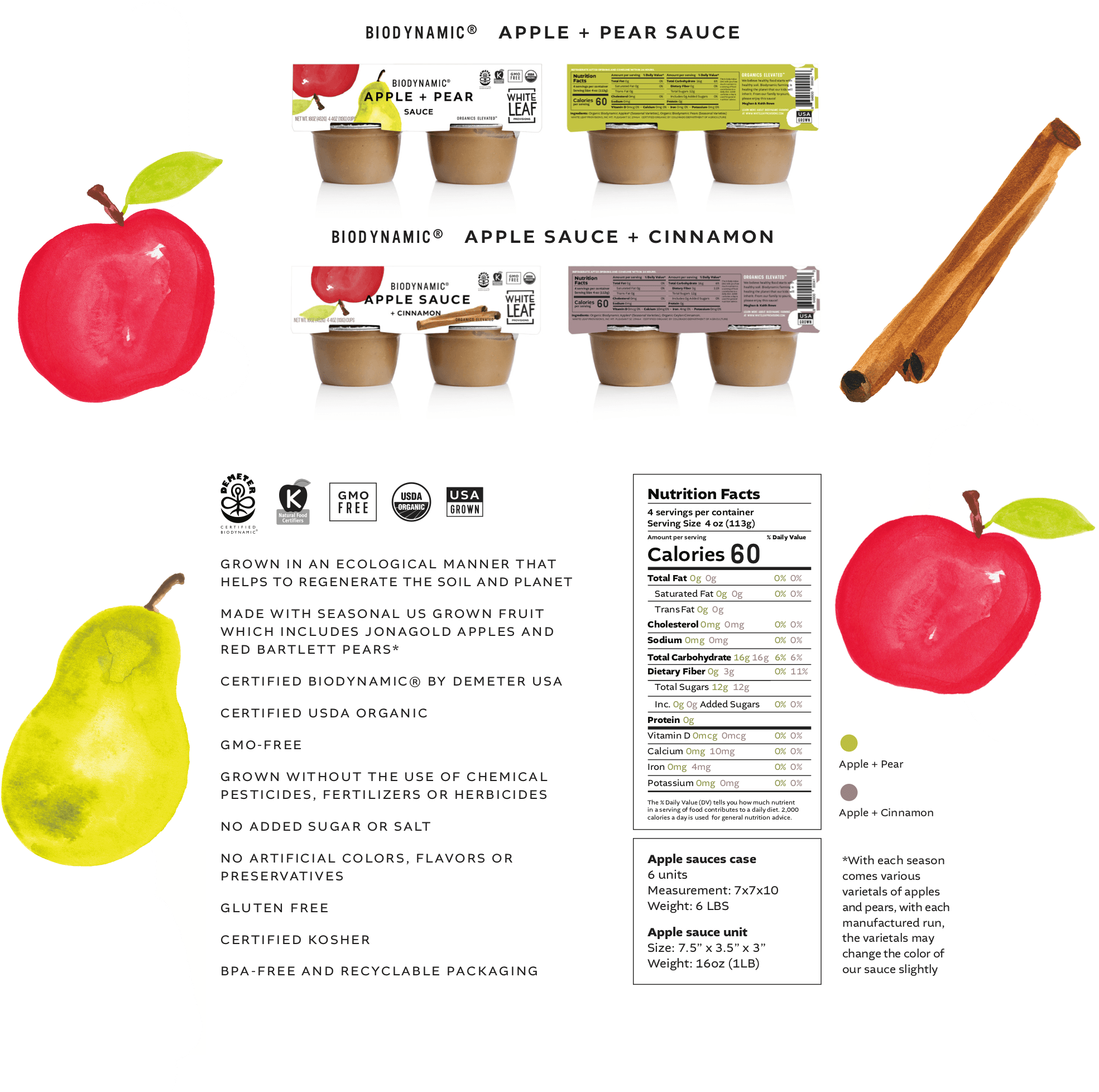BIODYNAMIC® AND REGENERATIVELY FARMED™ PRODUCTS ARE HEALING THE PLANET THAT OUR KIDS WILL INHERIT. FROM OUR FAMILY TO YOURS, PLEASE ENJOY OUR SHELF-STABLE PRODUCTS!

OUR MISSION
“We believe that being mindful towards the food we eat and the manner in which it is grown and produced allows us to be more in tune with ourselves and the world around us.”
-Meghan Rowe, Co-Founder & CEO
WHAT IS BIODYNAMIC?
The farms we source our products from support:

1. NATURAL COMPOST ONLY
Biodyanmic farming prohibits the use chemical fertilizers. Instead, natural compost is made on the farm and applied to enhance the soil life.

2. 10% DEVOTED TO BIODIVERSITY
10% of the land on Biodynamic farms is reserved for biodiversity to help nurture the health of the surrounding ecosystems.

3. HELP REVERSE CLIMATE CHANGE
Plants draw in carbon dioxide from the atmosphere sequestering it into the soil. This improves the soil quality and creates a healthier planet that our kids will inherit.

4. COVER CROPPING
Biodynamic farming uses cover crops like rye and vetch. This adds nutrients to the soil, creates more biodiversity, eliminates fertilizer use, & reduces soil erosion.

5. ZERO GMO’S OR GROWTH HORMONES
Biodynamic agriculture and products will never use GMO’s, growth promoters or hormones. Instead, Biodynamics works with nature, not against it.

6. CROP ROTATION
Biodynamic farms are polycultures – using multiple species of plants. Every year the crops are rotated to a new spot. This reduces disease and helps maintain soil fertility.

7. HERBAL SPRAYS
Biodynamic agriculture prohibits the use of chemical fertilizers and instead uses natural herbal sprays. This helps not only ensure a pesticide and chemical free product, but also supports biodiversity out on the farm

8. THE SURROUNDING ECOSYSTEM
The surrounding wetlands, grasslands and forest are all considered an integral part of a Biodynamic farm. This brings awareness to the impact the farm has on the ecosystem around it.

9. LOW TILL
Healthy food begins with the soil. Minimizing the tilling that goes on during farming, increases the biodiversity in the soil and also helps to reduce carbon emissions.






